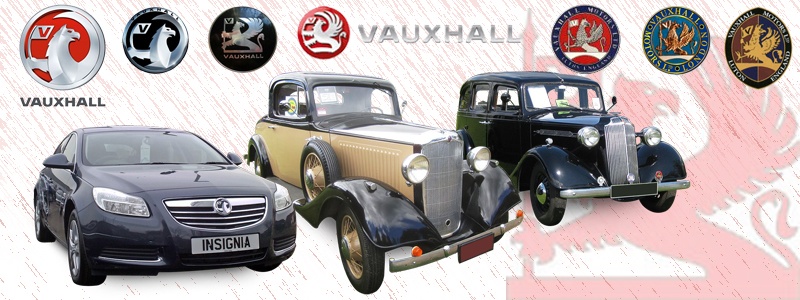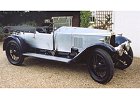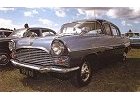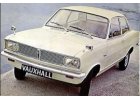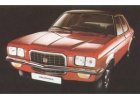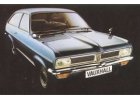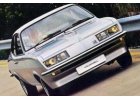Derived from
the Vauxhall Iron Works, which was founded by Alexander Wilson and located in Vauxhall, London. Vauxhall began the manufacture of
marine engines in 1857, although Wilson would leave the company at the turn of the century, the encumbant board of directors then required to determine the future direction of the company. Like many, the horseless carriage captured their imaginatrion, and by 1903 the company had manufactured their first car, a single cylinder 5hp. model.
Quickly outgrowing their London premises, the company moved to Luton, Bedfordshire, at the same time Vauxhall also adopting the Griffin as their emblem.
Vauxhall gained a stellar reputation
amoung the well heeled on the release of the 30/98
Prince Henry manufactured between 1913 and 1928.
GM took ownership in 1926 when the company was
experiencing financial problems. While the grand plan was to import Chevrolet trucks, the depression years were not easy given the public's distaste for anything imported, and the huge import tax didn't help either.
A decision was made to instead manufacture a local truck, using the excess capacity at the Luton facility. The name "Bedford" was adopted, although it would take until 1930 for the first true
Bedford Truck to hit the road. The decision to also manufacture commercial vehicles turned out to be a good one, particularly given British manufacure of civilian vehicles was suspended during World War 2.
